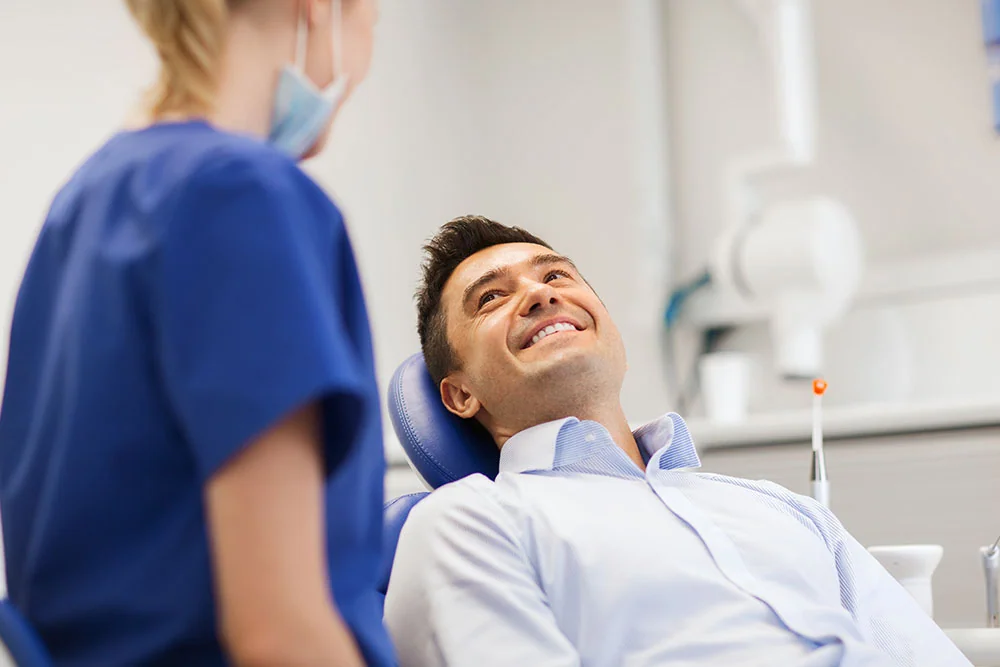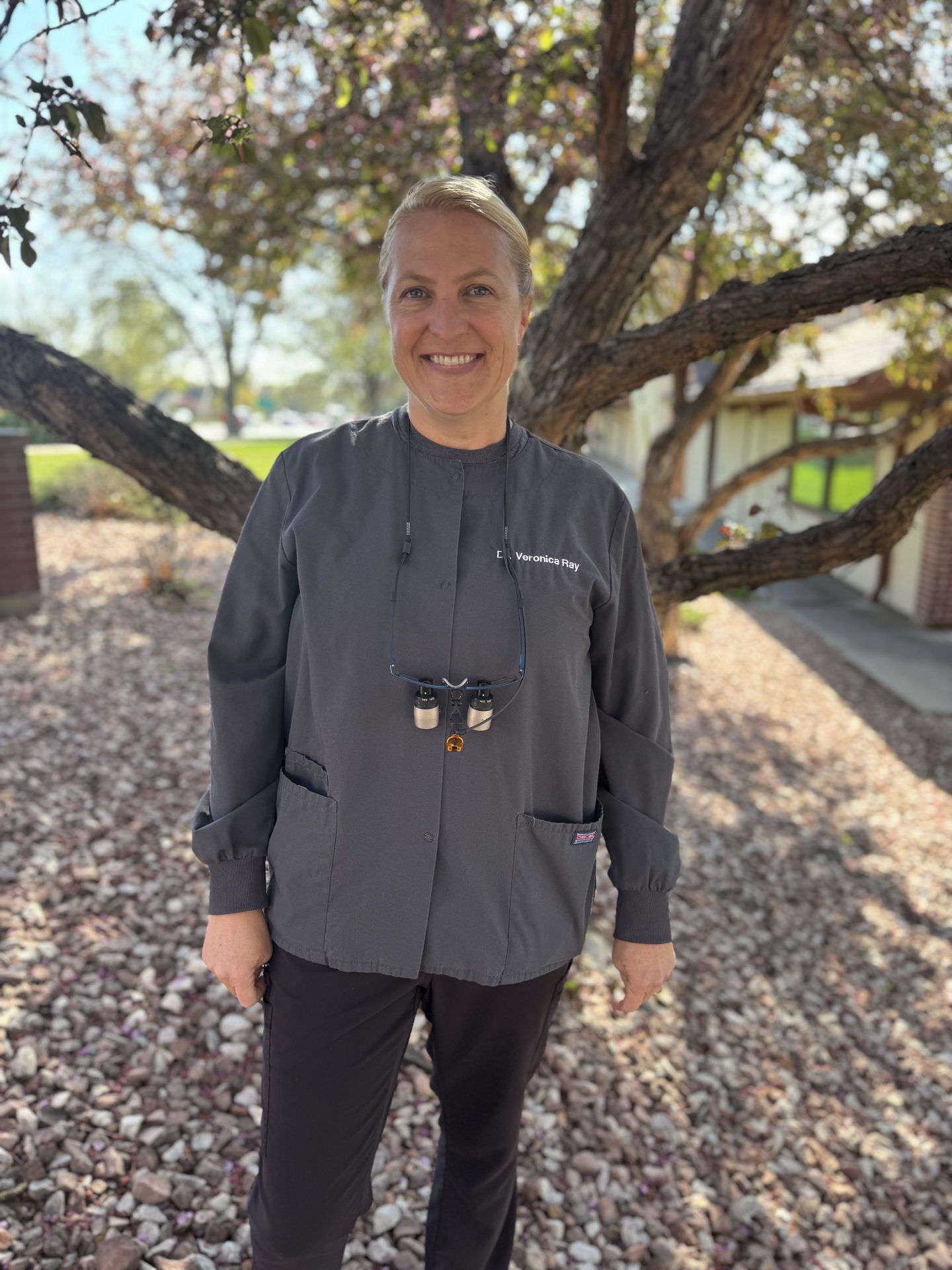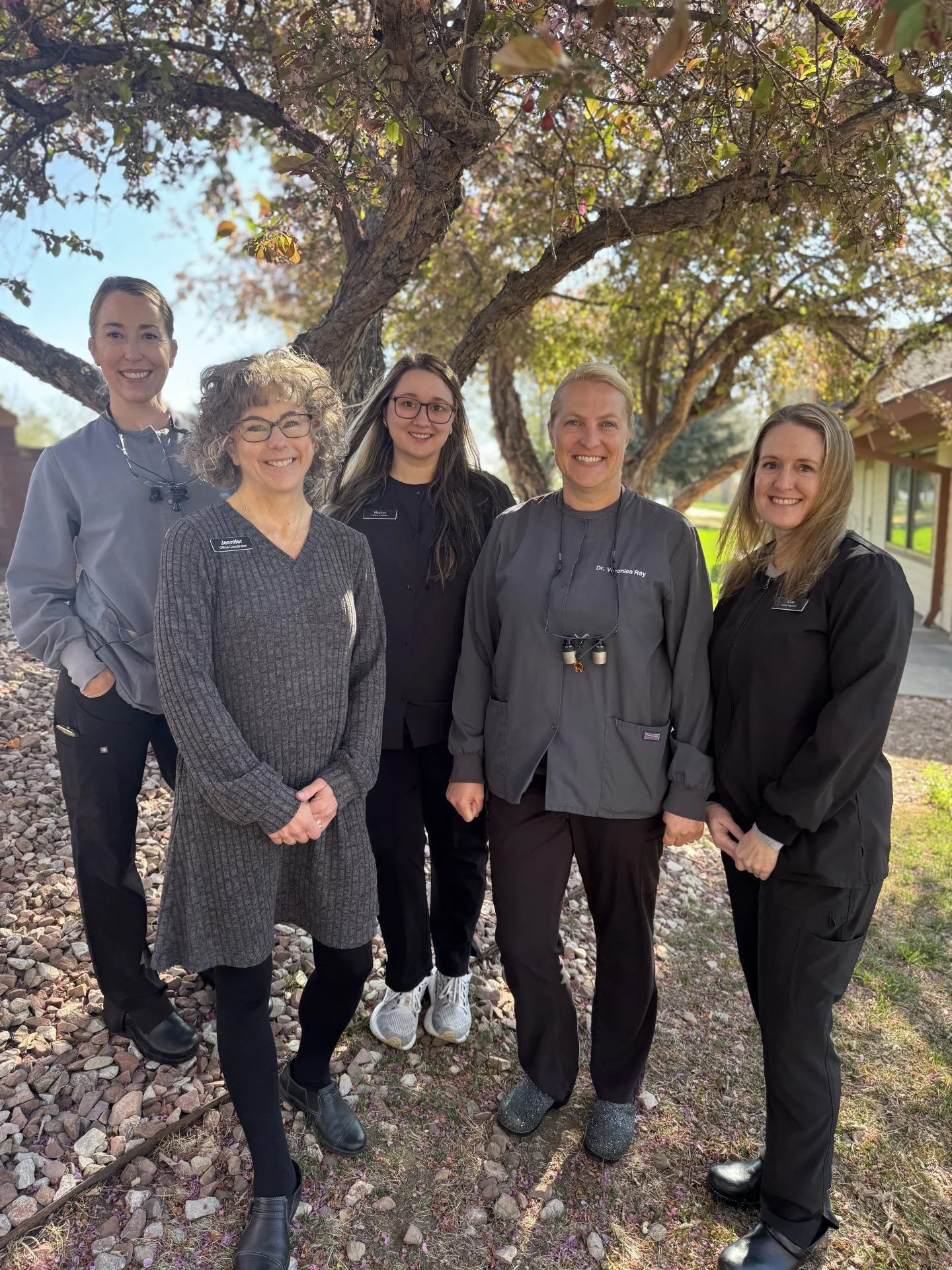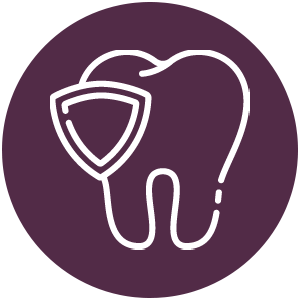Bone Grafting Fort Collins, CO.

There’s no overstating the importance of a healthy jawbone when it comes to comprehensive dental health, especially for patients considering dental implants. An insufficient or weak jawbone can be a significant obstacle to achieving a stable and aesthetically pleasing implant. Fortunately, advancements in dental technology have made it possible for dentists to strengthen and supplement jawbones through a procedure known as bone grafting.
Ray Dental offers a wide array of dental services in Fort Collins, including bone grafting procedures. Our team of highly skilled periodontists and oral surgeons uses cutting-edge techniques to ensure your jawbone is strong enough to support dental implants and restore your confident smile.
What Is Dental Bone Grafting?
Dental bone grafting is a surgical procedure designed to build up your bone tissue, providing a sturdy foundation for a dental implant. The procedure involves the use of graft material—sometimes from your own body, sometimes a substitute like allograft bone or demineralized freeze-dried bone allograft (DFDBA)—to facilitate new bone growth.
The graft acts as a scaffold, which is absorbed by your body and replaced with new bone tissue over time. It’s a well-established procedure, often used to treat bone loss resulting from injury, disease, or long-term tooth loss. In some cases, bone grafting can even be used to maintain bone structure following an extraction, preventing future bone loss.
The grafting procedure, while complex, has been streamlined and made safe through years of refinement in dental practices. A healthcare provider, often a periodontist or an oral surgeon, performs the surgery under anesthesia—general or local, depending on the extent of the grafting.
How We Evaluate Whether You Need a Dental Bone Graft
The need for a bone graft typically arises when there is insufficient natural bone in your jaw to support a dental implant. This can be due to several factors, including gum disease, long-term tooth loss, injury, or a defect in the bone.
At Ray Dental, our evaluation process begins with a thorough oral examination and an X-ray. This helps us identify the areas of bone loss and understand the condition of the existing bone. We also assess your overall health to ensure you are a suitable candidate for the surgical procedure, considering factors such as your medical history, lifestyle, and any existing conditions like arthritis.
Based on these assessments, we can determine whether bone grafting is needed to enhance the success of implant placement.
How Bone Grafting Is Done
Our bone grafting process typically involves these steps:
- Administration of general anesthesia to ensure patient comfort
- An incision is made in the gum to expose the bone beneath
- The graft material is applied to the necessary areas
- The surgical site is then stitched up to promote healing
What Happens After a Human Bone Graft?
Following a bone grafting procedure, it is normal to experience some discomfort, swelling, and minor bleeding at the surgical site. Pain can be managed with prescribed medication and these symptoms typically subside within a few days.
As healing progresses, the graft material will work to stimulate new bone growth, a process that can take several months. Regular check-ups are scheduled to monitor this healing process and ensure the graft is integrating well with your native bone tissue.
Once the new bone is fully integrated into a region of new bone, providing a sturdy and secure foundation, you will be ready for a dental implant. The implant is then placed into this newly formed bone, providing a solid foundation for a dental crown.
A Bone Graft Can Strengthen Your Jaw and Prepare You For a Dental Implant
Bone grafting can have transformative effects on both your oral health and the success of dental implants. Transplanted bone graft material in the form of an autograft can massively increase the strength of your jaw before placing a dental implant, minimizing the risk of complications or fracture during or after the implant is placed.
While there are many types of grafts available, using your own bone to replace resorbed or missing bone in your jaw could be the most effective option. Before we place a dental implant, we will make sure there is enough bone present to support the post. Rely on Ray Dental to help you.
Contact Ray Dental To Learn More About Bone Grafts
At Ray Dental, our goal is to ensure your jaw can support your dental implant. If we believe you need human or synthetic bone to strengthen your jaw, we have multiple options available. After the graft has been placed, we will monitor the fusion and bone healing processes closely, ensuring that you have healthy bone before moving forward.
Then, once the fully integrated region of the new bone has healed accordingly, we can move forward with the dental implant or reconstruction process. If you would like to learn more about bone graft dentistry, contact us today to schedule an appointment.

 Meet Dr. Ray
Meet Dr. Ray






